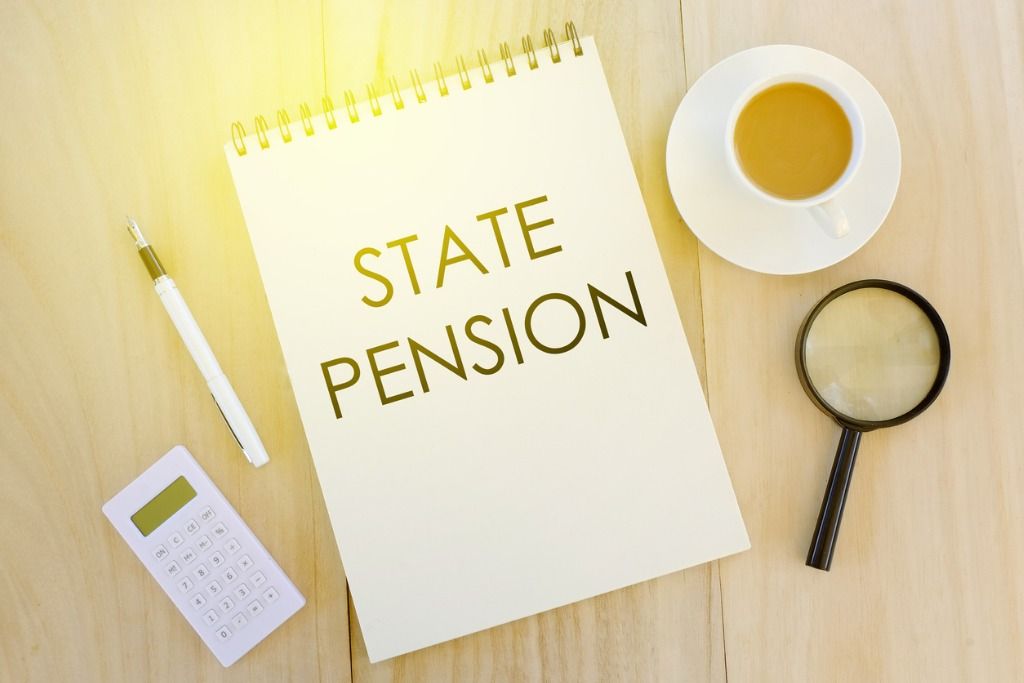A fundamental part of any retirement planning is the support you will receive from the Government....
State Pensions
Pensions are designed to enable you to save sufficient money during your working life to provide an income stream for you to live comfortably after you have retired.
There are many different ‘tools’ used to save for retirement, one of which is the state pension. Not to be underestimated, it can provide a base level of income to meet fixed costs. It is not intended that, by itself, it will meet all your needs but it is a mainstay of pension provision.

HOW MUCH WILL IT GIVE ME?
The new State Pension is a regular payment from the government that you can claim if you have reached State Pension Age (SPA) on or after 6 April 2016. Other arrangements applied prior to that date.
You’ll be able to get the new State Pension if you are eligible and:
- a man born on or after 6 April 1951
- a woman born on or after 6 April 1953
If you reached State Pension age before 6 April 2016, you’d get the State Pension under the Basic State Pension and Additional State benefits headers as shown below.
The full new State Pension is £185.15 per week (2022/2023). On 6th April 2023, this will increase to £201.05 a week. Your National Insurance record is used to calculate your new State Pension. You’ll usually need 10 qualifying years to get any new State Pension, 35 qualifying years for the full amount.
The amount you get can be higher or lower depending on your National Insurance record.
The basic State Pension applies to people whose State Pension Age falls before 6th April 2016, for people who have paid sufficient National Insurance Contributions while at work or have been credited with enough contributions. **
Additional State Pension (as above) – referred to as the State Second Pension (S2P) but before 6 April 2002, it was known as the State Earnings Related Pension Scheme (SERPS). From 6 April 2002, S2P was reformed to provide a more generous additional State Pension for low and moderate earners, carers and people with a long-term illness or disability and is based upon earnings on which standard rate Class 1 National Insurance Contributions are paid or treated as having been paid. Additional State Pension is not available in respect of self-employed income.
From April 2016, both the basic State Pension and Additional State Pension were combined to offer a simple single tier flat rate pension. **
** For those who have reached State Pension Age on or after 6th April 2016, these no longer apply.
State Pensions may not produce the same level of income that you will have been accustomed to whilst working. It’s important to start thinking early about how best to build up an additional retirement fund. You’re never too young to start a pension – the longer you delay, the more you will have to pay in to build up a decent fund in later life.
